Suburban living often comes with a set of unspoken expectations and desires, subtly influenced by what neighbors have and what is perceived as the norm. These pressures can lead homeowners to incorporate certain features into their properties not necessarily out of personal need or preference, but rather to keep up with the Joneses or fit into the established aesthetic of the neighborhood. These trends, often amplified by media portrayals of suburban life, can shape everything from landscaping choices to home additions. Understanding these phenomena reveals the powerful role of social influence in shaping the suburban landscape.
1. Perfectly Manicured Lawns
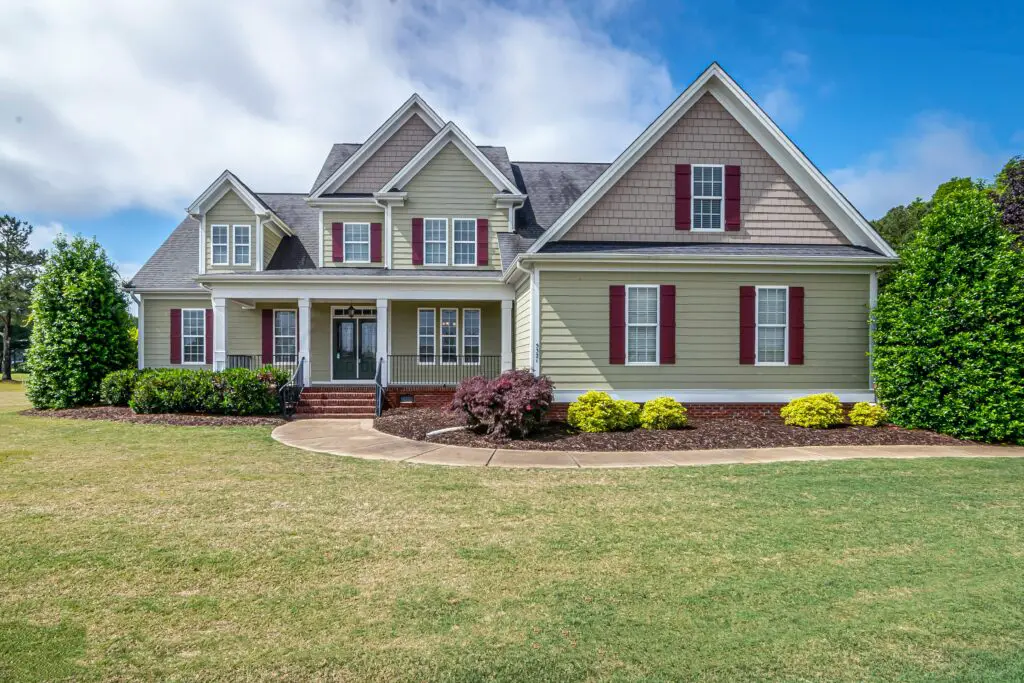
One of the most enduring symbols of suburban conformity is the perfectly manicured lawn. The pressure to maintain a lush, weed-free, and precisely edged lawn can be intense in many suburban communities. According to a study published in the Journal of Environmental Horticulture, homeowners in neighborhoods with high levels of social interaction often feel compelled to maintain lawns that meet or exceed the standards of their neighbors. This can lead to significant time and expense spent on fertilizers, pesticides, and professional lawn care services, even for those who might prefer a more natural or low-maintenance landscape. The desire to avoid being the “eyesore” of the block often drives this trend.
The perfectly manicured lawn can be seen as a visual representation of responsibility and community belonging in suburban settings. A well-kept lawn is often interpreted as a sign of a homeowner who cares about their property and contributes to the overall appearance of the neighborhood. This social pressure can override individual preferences for more ecologically friendly or less water-intensive landscaping options. The perfectly striped and weed-free lawn, therefore, often exists more as a response to social expectations than a personal desire for that specific aesthetic.
2. Two-Car (or More) Garages
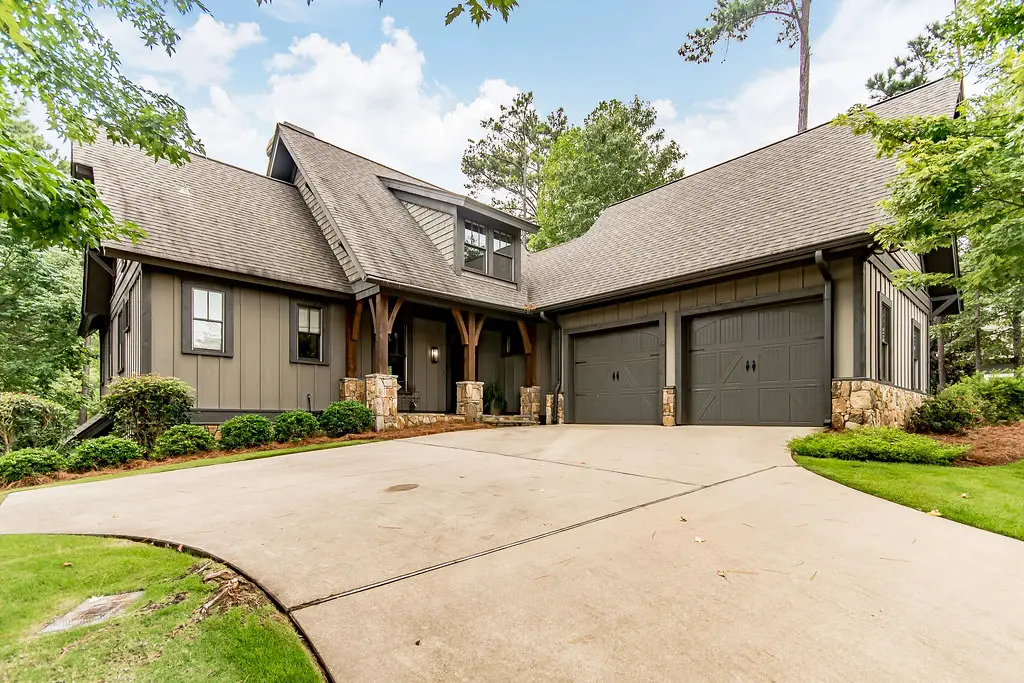
The expectation of having a multi-car garage has become deeply ingrained in many suburban areas, even for households with only one vehicle. According to data from the U.S. Census Bureau’s American Housing Survey, the majority of single-family homes built in suburban areas since the late 20th century include at least a two-car garage. This trend is often driven by the perception that a multi-car garage is a standard feature of suburban homes and provides necessary storage space, even if the extra parking isn’t always needed. The desire to have a home that meets the expected norms of the neighborhood can fuel this preference.
The prevalence of multi-car garages can also be linked to the car-centric nature of many suburban communities, where personal vehicles are often the primary mode of transportation. The extra garage space can be seen as accommodating future needs or providing storage for recreational equipment and other household items. However, for some homeowners, the additional garage space simply becomes a repository for clutter, highlighting the influence of perceived necessity over actual use. The multi-car garage often serves as a symbol of suburban affluence and conformity.
3. Fenced-In Backyards
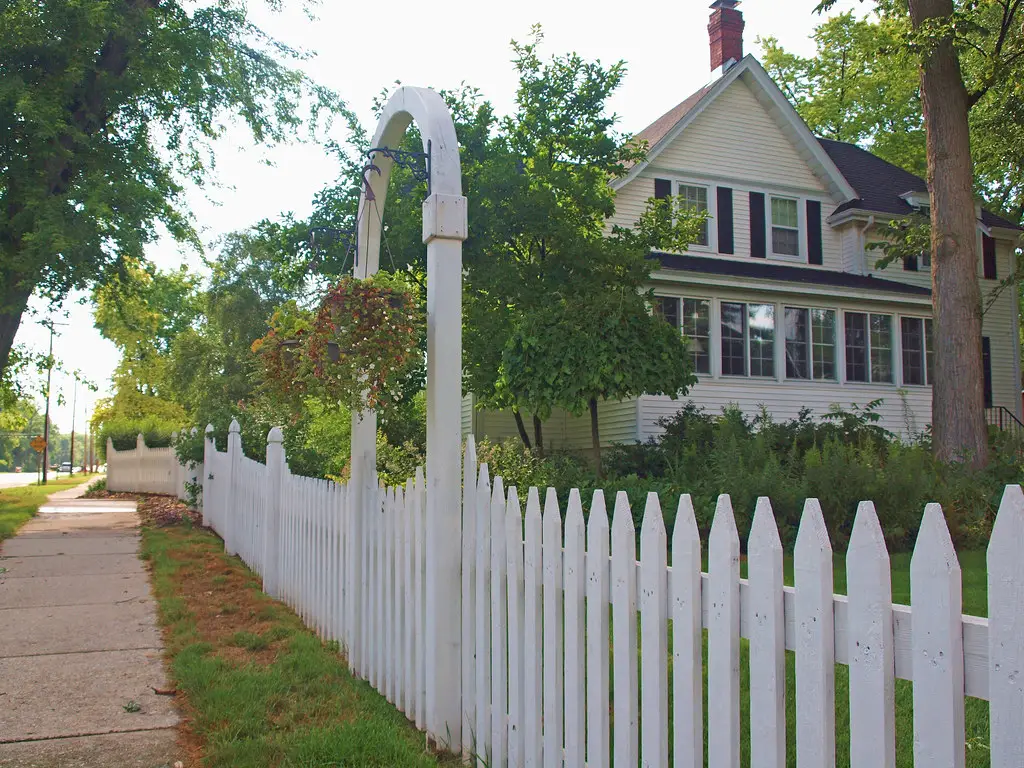
The desire for a fenced-in backyard is a common one in suburban areas, often driven by a combination of practical needs and social expectations. While fences can provide privacy, security for children and pets, and a defined property line, the uniformity of fenced backyards in many suburbs suggests a degree of peer influence. According to Smithsonian Magazine, the prevalence of fences can also be linked to a desire to create a private outdoor space that conforms to neighborhood norms. The visual consistency of fenced yards contributes to the overall suburban aesthetic.
The height, style, and material of fences can also be influenced by neighborhood trends, with certain types of fencing becoming more popular due to their prevalence in the area. The pressure to have a backyard that aligns with the expectations of neighbors, particularly in terms of safety and privacy, can lead homeowners to install fences even if they might prefer a more open landscape. The fenced-in backyard has become a quintessential feature of the suburban ideal, often driven by a mix of practicality and social conformity.
4. Identical or Highly Similar Landscaping
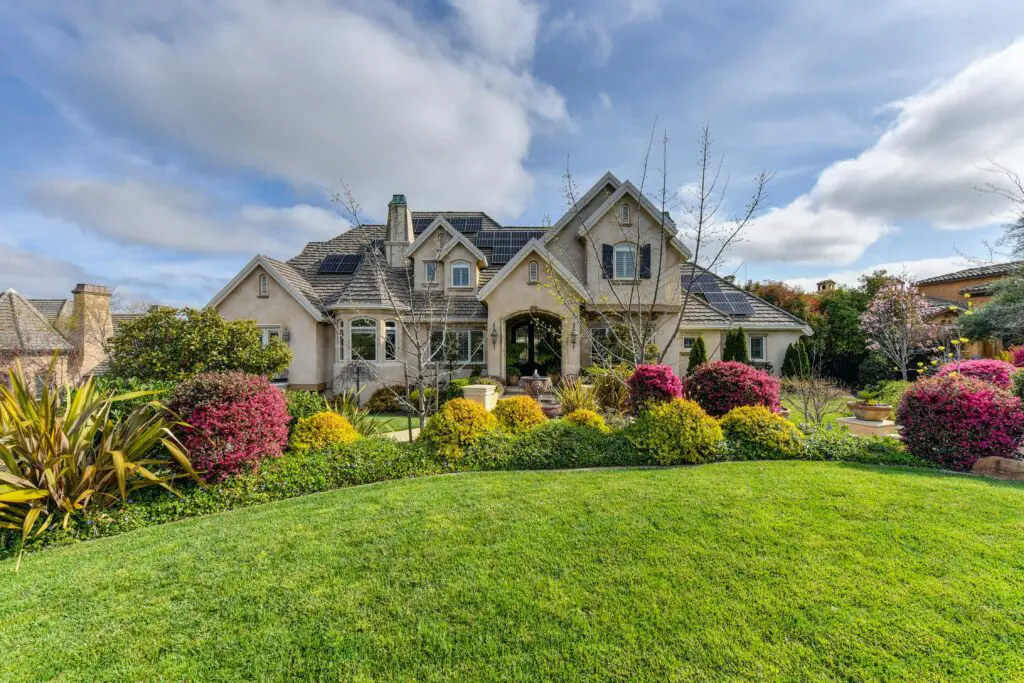
While some suburban neighborhoods encourage individuality in landscaping, many exhibit a strong degree of similarity in plant choices, hardscaping, and overall design. This can be driven by homeowners associations (HOAs) with strict landscaping rules or simply by the tendency to emulate what is perceived as attractive and acceptable within the community. According to Noema Magazine, homeowners often choose plants and designs that are commonly seen in their neighborhood to fit in and maintain property values. This can lead to a somewhat homogenous visual landscape.
The pressure to have a yard that is well-maintained and aesthetically pleasing according to neighborhood standards can limit individual creativity and the adoption of more diverse or eco-friendly landscaping options. The fear of standing out negatively or violating HOA regulations can lead to a preference for conformity. This phenomenon highlights how social expectations can shape the visual character of suburban neighborhoods, sometimes at the expense of personal expression or environmental considerations.
5. Backyard Decks or Patios
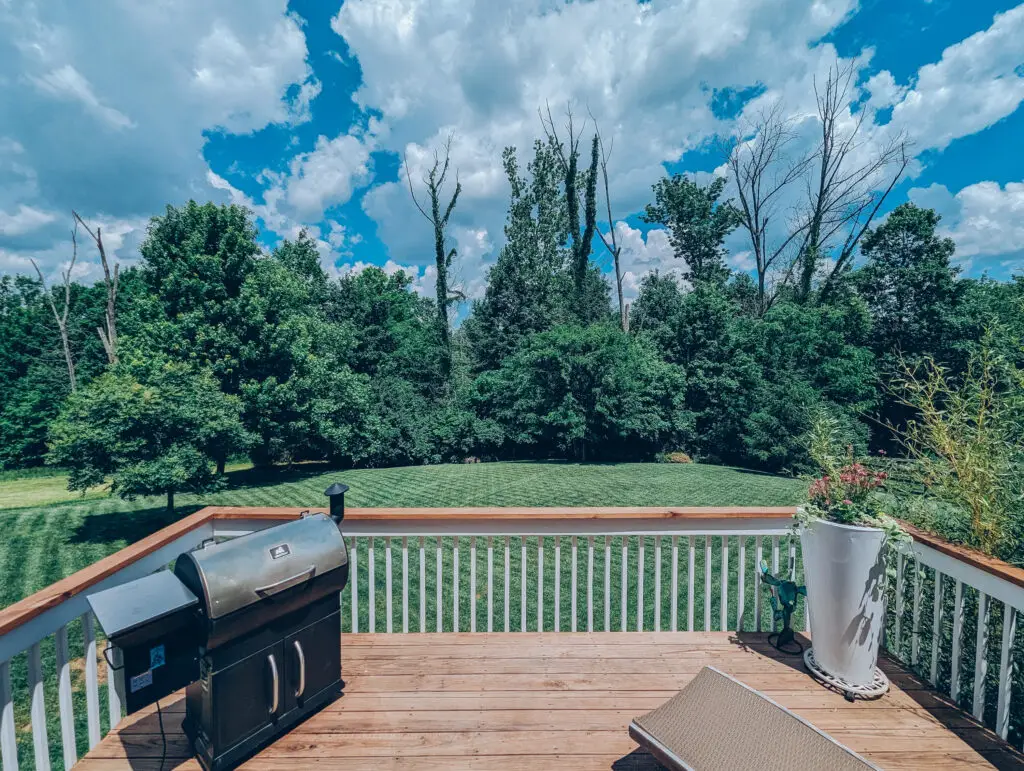
The presence of a backyard deck or patio has become a common feature in many suburban homes, often seen as an essential space for outdoor entertaining and relaxation. While these features can undoubtedly enhance a homeowner’s enjoyment of their property, their widespread adoption can also be attributed to a degree of suburban peer pressure. The perception that a “proper” suburban home should have an outdoor living space can drive homeowners to invest in decks or patios, even if they don’t frequently use them.
The size, style, and features of these outdoor spaces can also be influenced by neighborhood trends, with certain materials (like composite decking) or amenities (like built-in grills) becoming popular due to their prevalence in the area. The desire to have a backyard that is comparable to those of neighbors can play a significant role in these decisions. The backyard deck or patio has become a symbol of suburban leisure and social interaction.
6. Finished Basements
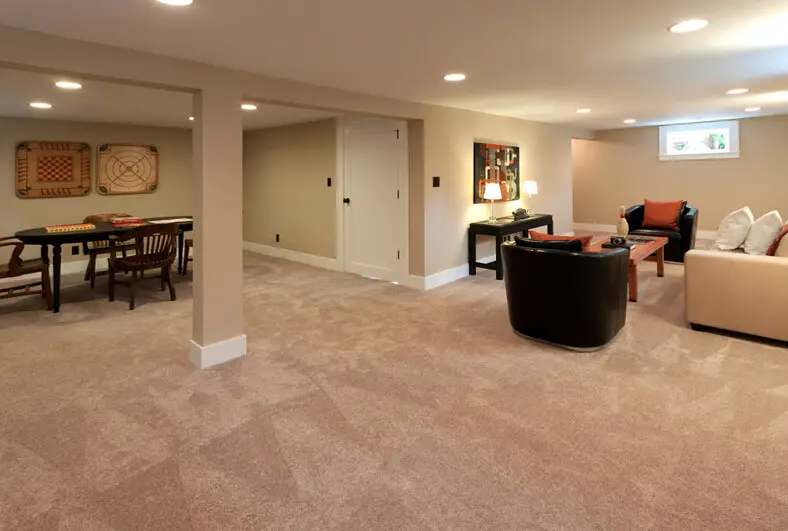
In suburbs with basements, the pressure to have a finished basement as an additional living space can be strong. While a finished basement can add valuable square footage and functionality to a home, the decision to invest in finishing it is often influenced by the perception that it’s a standard feature in the neighborhood. The desire to have a home that is comparable in size and amenities to those of neighbors can drive this trend.
The way a basement is finished – whether as a recreation room, home theater, or guest suite – can also be influenced by neighborhood norms and popular trends. The pressure to maximize the usable space of a suburban home often leads to the widespread finishing of basements, even if the additional space isn’t always a top priority for the individual homeowner.
7. Gourmet Kitchen Appliances
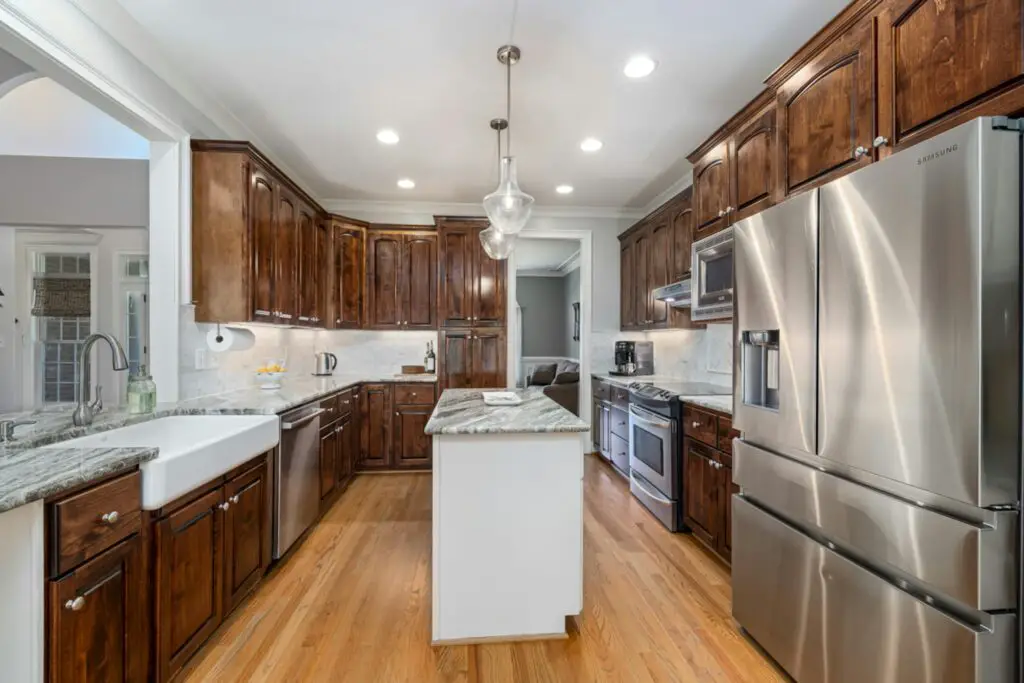
The trend of installing high-end, gourmet kitchen appliances has become prevalent in many suburban homes, often driven by the desire to have a kitchen that is not only functional but also aesthetically impressive and comparable to those seen in magazines or neighbors’ homes. While these appliances can be appealing, their adoption is sometimes influenced by the perceived status symbol they represent in suburban communities.
The pressure to have a kitchen that is modern and well-equipped, especially when entertaining, can lead homeowners to invest in expensive appliances that might not be fully utilized. The “keeping up with the Joneses” mentality can extend to kitchen features, with high-end appliances becoming a subtle form of social comparison in some suburban settings.
8. Formal Dining Rooms (Even if Rarely Used)
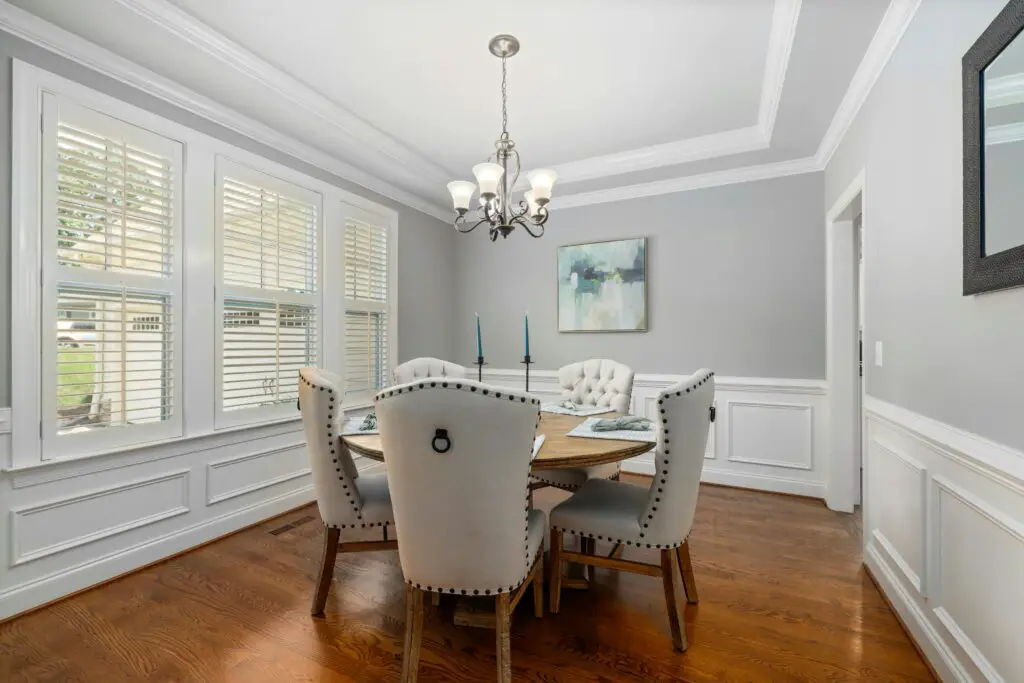
Despite changing lifestyles that often favor more casual eating areas, the formal dining room persists in many suburban homes. This can be attributed, in part, to the enduring perception that a formal dining room is a necessary feature for a “complete” suburban home, especially for holiday gatherings or special occasions. The pressure to have a home that aligns with traditional suburban layouts can drive the inclusion of these often underutilized spaces.
The size and decor of formal dining rooms can also be influenced by neighborhood norms, with larger homes often featuring more elaborate dining areas. The desire to have a home that meets the expected standards for entertaining in a suburban community can contribute to the continued presence of formal dining rooms.
9. Specific Types of Window Treatments
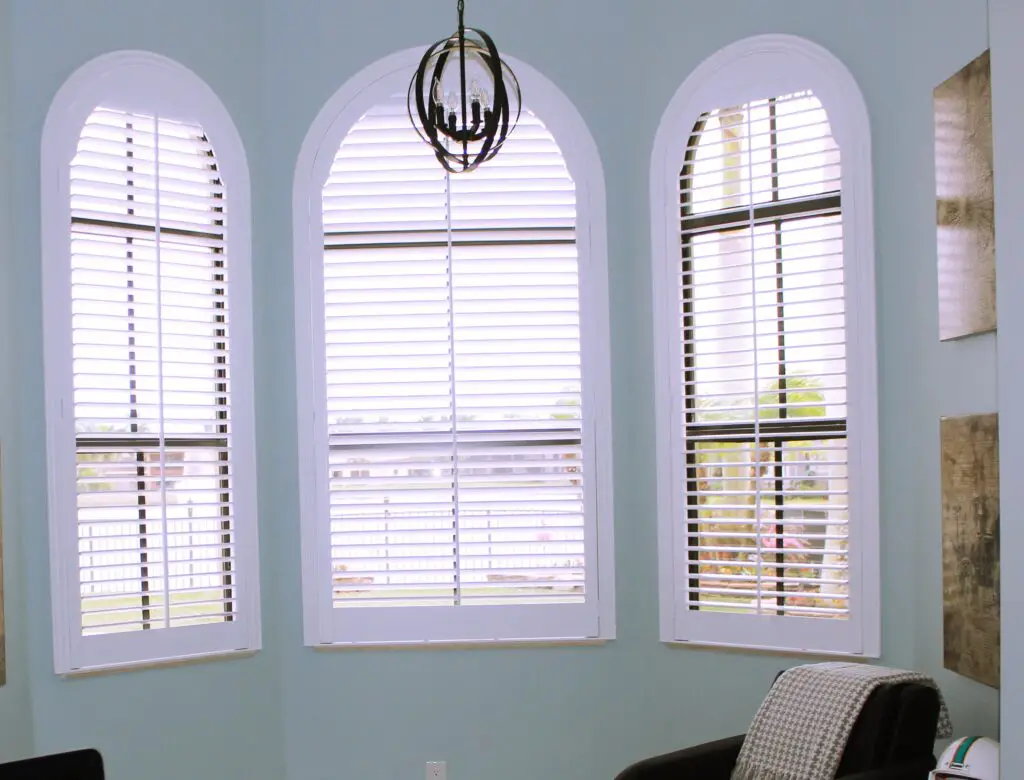
The style and type of window treatments chosen by homeowners can also be influenced by suburban peer pressure. Certain styles, such as plantation shutters or specific types of blinds, can become popular within a neighborhood simply because they are widely adopted and perceived as stylish or appropriate for the area. The desire to have a home that fits in aesthetically can drive these choices.
HOA regulations can sometimes dictate the types of window coverings visible from the street, further contributing to uniformity. Even without formal rules, the tendency to emulate the window treatments seen in neighboring homes can lead to a lack of individual expression in this aspect of home design.
10. Backyard Play Structures
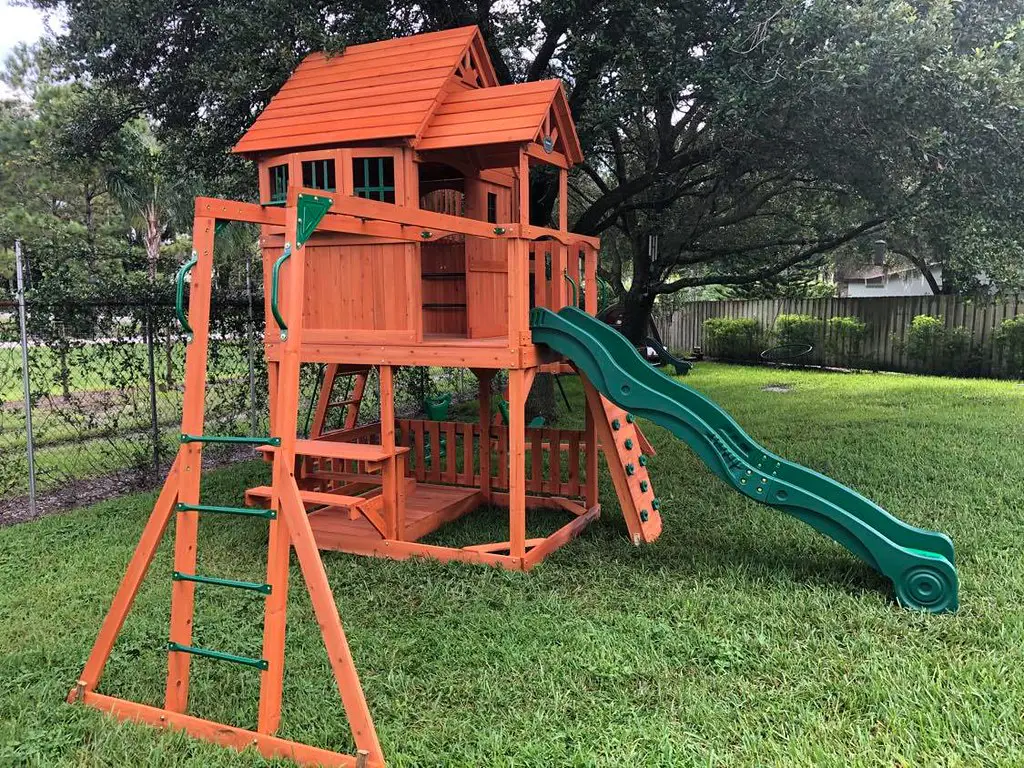
For families with young children, the presence of elaborate backyard play structures has become a common sight in many suburbs. While these structures provide entertainment for kids, their widespread adoption can also be influenced by the desire to provide children with amenities comparable to those of their peers. The pressure to create a “fun” and “active” backyard environment can drive these purchases.
The size and complexity of play structures can also be influenced by neighborhood norms, with larger homes often featuring more elaborate setups. The desire to ensure children don’t feel like they are missing out compared to their friends can contribute to the prevalence of these backyard features.
11. Outdoor Lighting Schemes
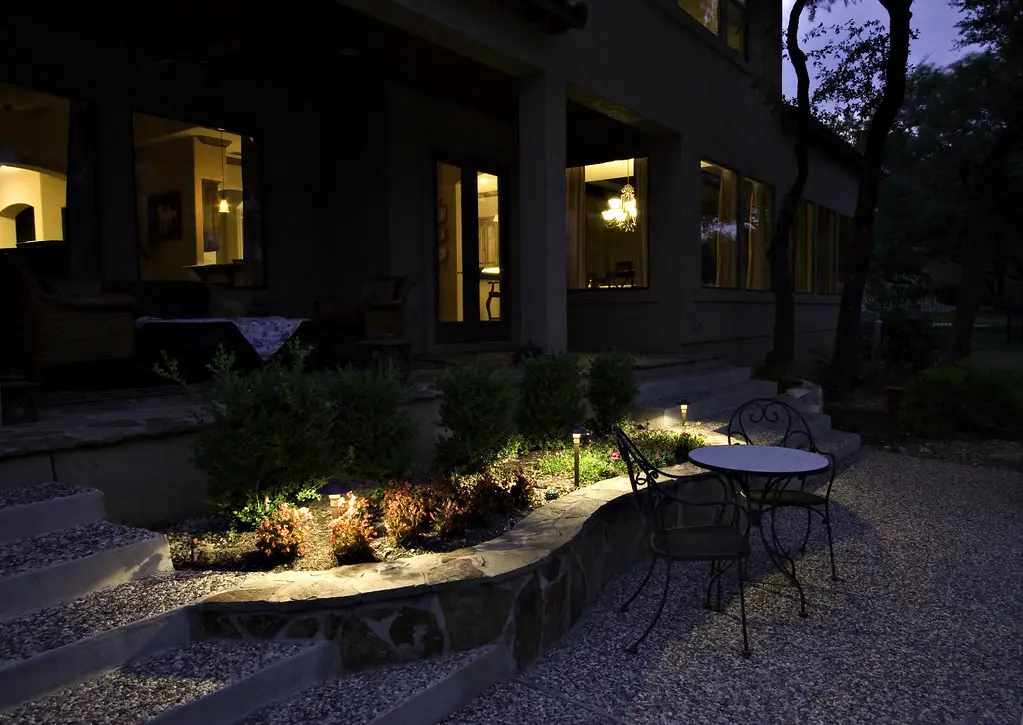
The way a suburban home is illuminated at night can also be influenced by neighborhood trends and expectations. Elaborate landscape lighting, spotlighting architectural features, or festive holiday light displays can become common simply because they are widely adopted within the community. The desire to have a home that contributes to the overall nighttime ambiance of the neighborhood can drive these choices.
HOA guidelines can sometimes regulate the type and intensity of outdoor lighting. Even without formal rules, the tendency to emulate the lighting schemes of neighboring homes can lead to a degree of uniformity in this aspect of exterior design.
12. Home Security Systems with Visible Signage
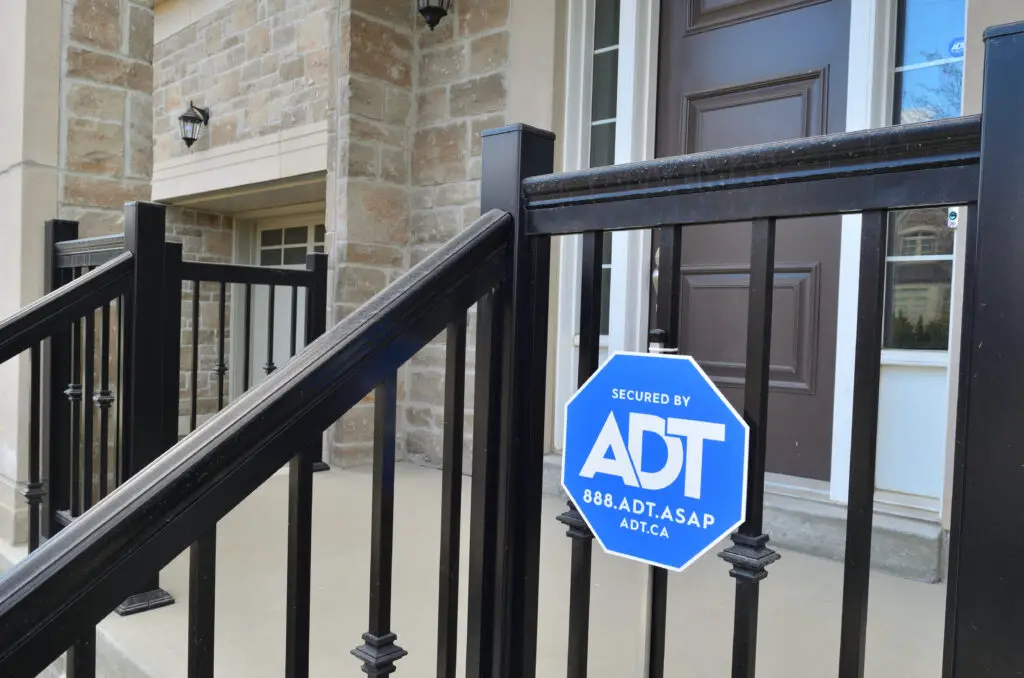
The presence of home security systems, often advertised with visible yard signs, has become increasingly common in suburban areas. While security is a genuine concern, the widespread adoption of these systems and the display of their signage can also be influenced by a sense of peer pressure and the desire to project an image of security-consciousness. Seeing numerous neighbors with security signs can prompt others to install systems as well.
The specific brands and features of security systems that become popular in a suburb can also be influenced by word-of-mouth and perceived neighborhood standards. The desire to feel as safe and secure as one’s neighbors can drive the adoption of these systems and the display of their signage.
13. Driveway Basketball Hoops

The quintessential suburban driveway often features a basketball hoop, even in households where basketball is not a regular activity. This prevalence can be attributed, in part, to the enduring image of suburban family life and the desire to provide children with recreational opportunities readily available at home, mirroring what is seen in other suburban driveways.
The style and quality of basketball hoops can also be influenced by neighborhood norms, with more elaborate setups sometimes seen in more affluent areas. The driveway basketball hoop has become a somewhat symbolic feature of suburban family homes, often existing as much for the image it projects as for actual gameplay.
